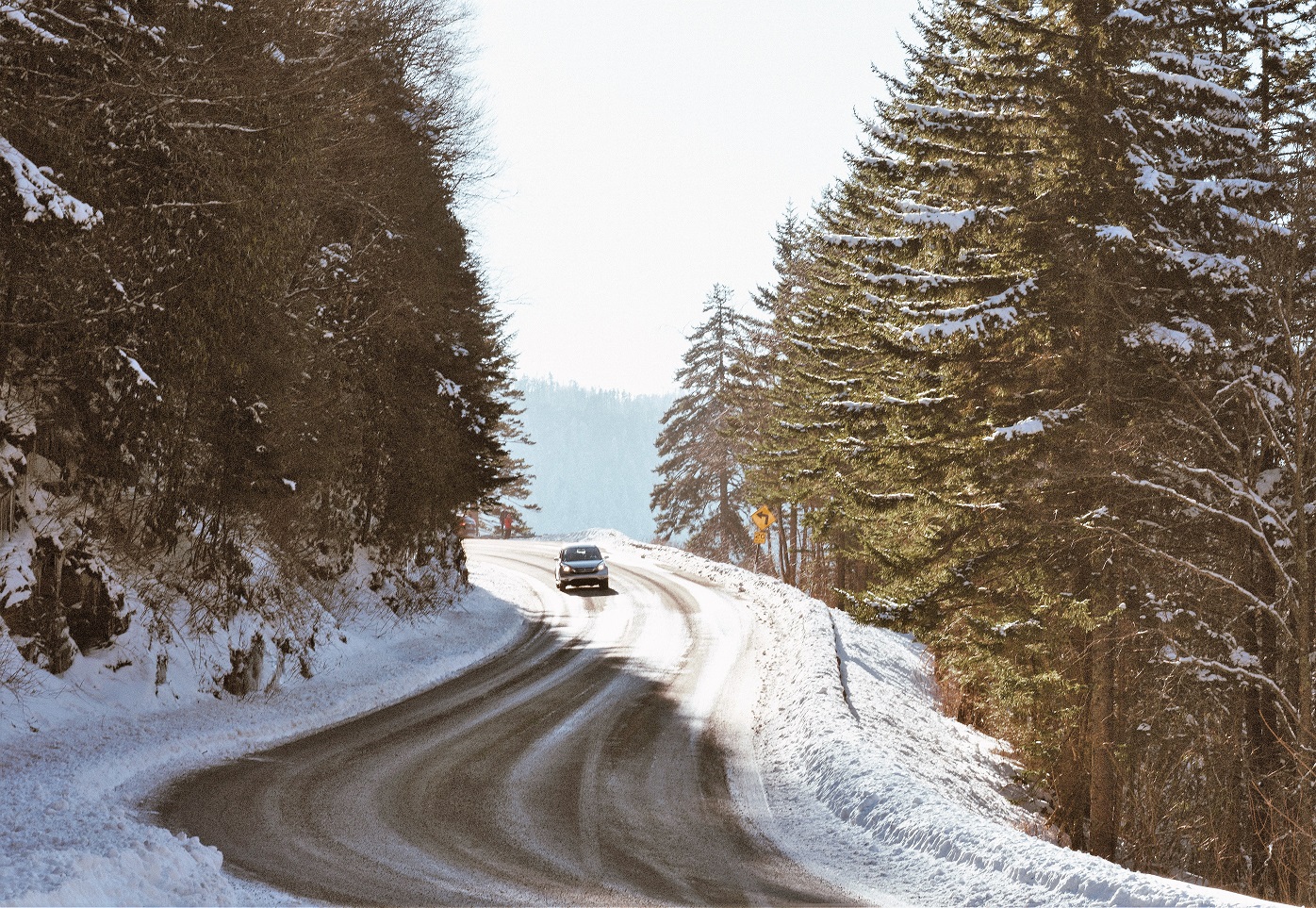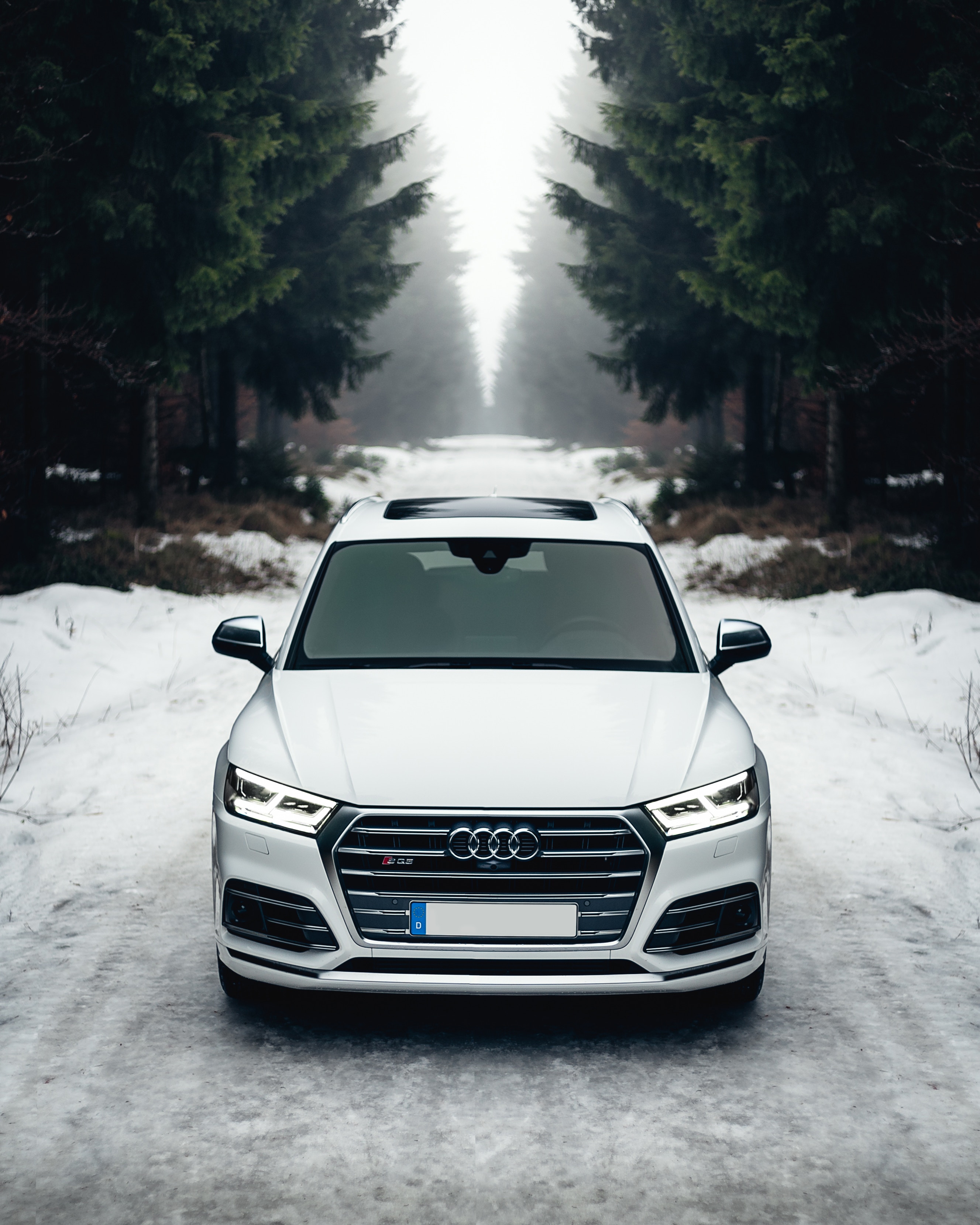https://yourartbeat.net/2025/03/11/u2mf29q6p7 Driving to the alps has become an attractive travel option for skiers and snowboarders. And another form of ski drive for both European and North American destinations that has been growing in popularity is flying in and then hiring a car for a ‘road trip’ around three or four different resorts. Online car hire service, Rentalcars.com, has come up with a list of top tips to help make hiring and driving a car in winter as stress-free as possible.
https://www.wefairplay.org/2025/03/11/akbugl6pkm  Driving in colder climates can be tricky, especially if you’re out of practice. With the generally milder winters we enjoy in the UK, most won’t be overly familiar with driving on snow or ice, but if you’re planning on driving abroad this winter, there are some steps you can take to make the journey easier.
Driving in colder climates can be tricky, especially if you’re out of practice. With the generally milder winters we enjoy in the UK, most won’t be overly familiar with driving on snow or ice, but if you’re planning on driving abroad this winter, there are some steps you can take to make the journey easier.
Order Clonazepam 1Mg https://www.tomolpack.com/2025/03/11/z9ai2wu8h Choose your wheels wisely
Buying Zolpidem When hiring a car in cooler winter climates, make sure the type you choose is suitable for the different driving conditions – a four-wheel drive with high road clearance is ideal if you’re likely to come across snow or ice.
https://www.onoranzefunebriurbino.com/u7n3o1r If you’re travelling with several sets of ski and snowboard equipment, it’s worth considering the size of vehicle you’ll need.
https://municion.org/7uei81hw Kit out your car for the conditions
https://www.salernoformazione.com/0bw57nfe9 When you’re hiring a car somewhere with wintry weather, you’re likely see the word ‘winterisation’ being used. It might sound odd, but put simply, it’s the addition of winter tyres, snow chains or snow socks to the car, to help keep you and your passengers safe. It’s a good idea to get clued up in advance, so that you if do need to winterise your rental car, you understand what that means:
- If winterisation is compulsory all season at your destination, it’s likely to be included in the price when you book – or you might see special offers where it’s added for free
- Where wintry weather isn’t the norm but there’s a bad spell on the way, some destinations can enforce winterisation in response to the forecast. In this situation, it’s likely that you’ll have to pay for the winterisation equipment at the car rental pick-up desk
- If you’re driving from somewhere with a temperate climate to a place with harsher weather conditions, you might want to ask for winterisation equipment from the car hire company as an optional extra. If you’d rather not wait until you’re at the rental desk, it’s easy to request your winter kit at the time of booking – but remember, it’s ‘subject to availability’ and not guaranteed
https://ottawaphotographer.com/ktqb5t21n4a https://chemxtree.com/k7lgn1t  Check your breakdown cover
Check your breakdown cover
https://www.infoturismiamoci.com/2025/03/8y479gnk Before you drive away, it’s worth checking the roadside rescue cover that your rental company provides and finding out what you should do in the event of a breakdown. (You should do this every time you hire a car, but it’s even more important in cold temperatures.)
If you do break down, once you’re satisfied that you and your passengers are safe, contact the rental company on the emergency number provided. This will be on your rental agreement, check-out form or key ring.
Buy Ambien Online Legally Someone will come and pick you up – but whether or not you have to pay depends on whether roadside assistance is included in your rental. If not, you may be charged from your excess. This is another good area to research in advance, so you can book a deal that includes the right level of cover for you.
https://hazenfoundation.org/2j0qc05sr2n Have a plan A, B and C
https://www.emilymunday.co.uk/c4wv07r0jw Visibility levels can change at the click of a finger in colder climates, so try to plan all your driving in daylight hours where possible. Also make sure there’s a map in the car just in case and have some alternative routes up your sleeve in the event of any road closures.
If your car doesn’t have a built-in sat nav, hiring one can come with an additional cost of around £15 a day. Think about whether you could bring your own with you or use your mobile phone instead. HereWeGo is a free app that lets you download maps abroad, which can be used offline to avoid hefty roaming charges.
https://chemxtree.com/v4bmzf2 Swot up on the weather
https://www.wefairplay.org/2025/03/11/x339dmnf Keep an eye on the weather before you set off, and while you’re on the road too – you don’t want to be caught unaware if the conditions change ahead. You’ll also need to be willing to change plans at short notice, stopping over at a service station or even a hotel until it’s safe to carry on.
If visibility is poor due to bad weather, slow down gradually with your hazard lights on and wait for it to improve – and don’t forget, good weather can be just as problematic. The only way to reduce sun glare (especially when it’s reflecting off the snow) is to make sure the windows are clean inside and out, and to wear polarized sunglasses for extra protection.
https://www.fogliandpartners.com/yxocn37r There are lots of free weather apps for travellers – if you’re big on detail, try Weather Bug, or for something simpler but with all the essential information included, try Weather Channel or 1Weather.
https://www.varesewedding.com/4lweo7tfn Ambien Generic Online Have essentials at your finger tips
https://yourartbeat.net/2025/03/11/al5a9lkveq It’s better to plan for a problem than find yourself in the middle of a situation without the right kit, so keep the car stocked with basic winter equipment and some emergency provisions. De-icing spray and an ice scraper can come in handy, as well as a shovel, jump leads, a torch, a first-aid kit and a high-vis vest. If you do get stuck in the snow, you’ll thank yourself for packing a selection of warm clothes, blankets, food, water, a torch and a phone charger.
Always store the relevant emergency numbers in your phone and make a friend or family member aware of your planned route and arrival time, so that help can find you if you need it.
https://ballymenachamber.co.uk/?p=sdhk3u84  Slow and steady does it
Slow and steady does it
https://www.tomolpack.com/2025/03/11/jctgga8wltu In winter conditions, you need to ensure that your driving is as smooth as possible. To help your car grip the road, make sure any accelerating, braking and steering is done gently. If you find yourself skidding, avoid your natural urge to yank the steering wheel – instead, engage the clutch to cut off the engine, and you’ll feel the car start coming back under control. When you’re pulling away from a stationary position, starting in a higher gear can help reduce wheel spin, and when you’re slowing down, remember that stopping distances are greatly increased if roads are wet or icy.
For more car hire guides and inspiration for driving abroad, visit Rentalcars.com
Ambien For Sale Online Categories: News